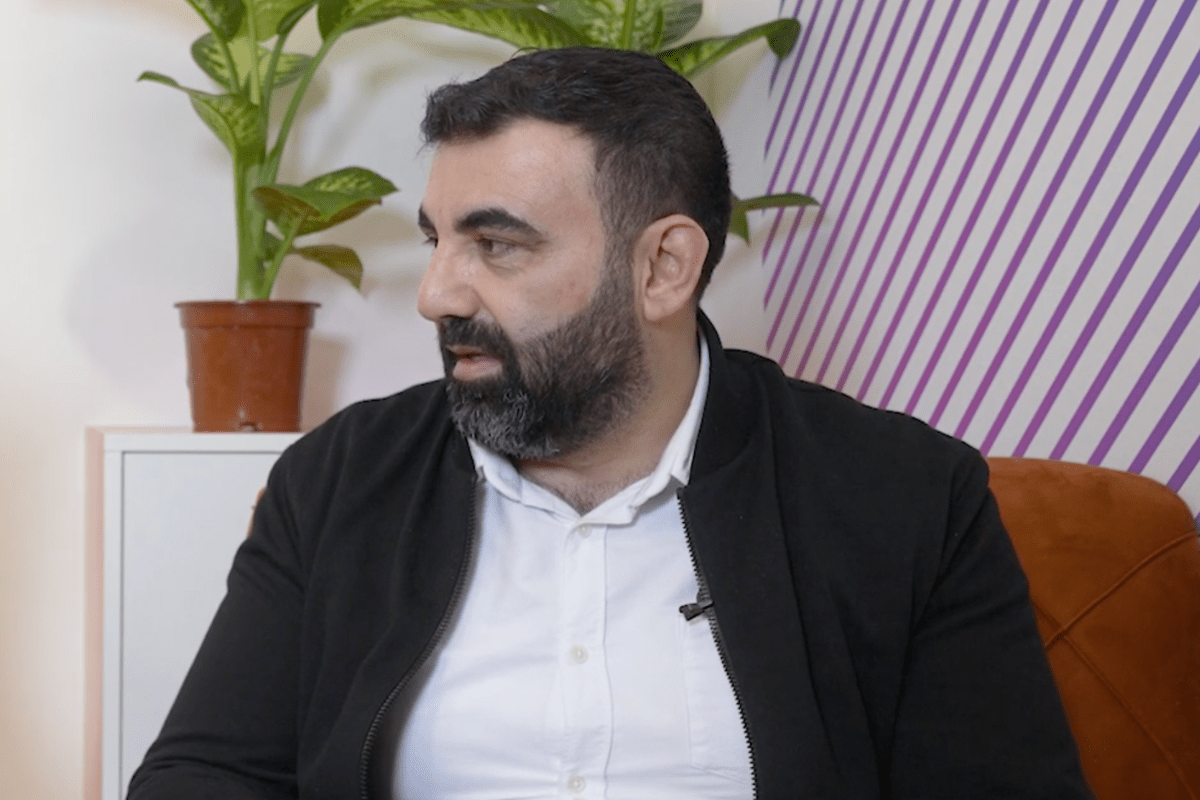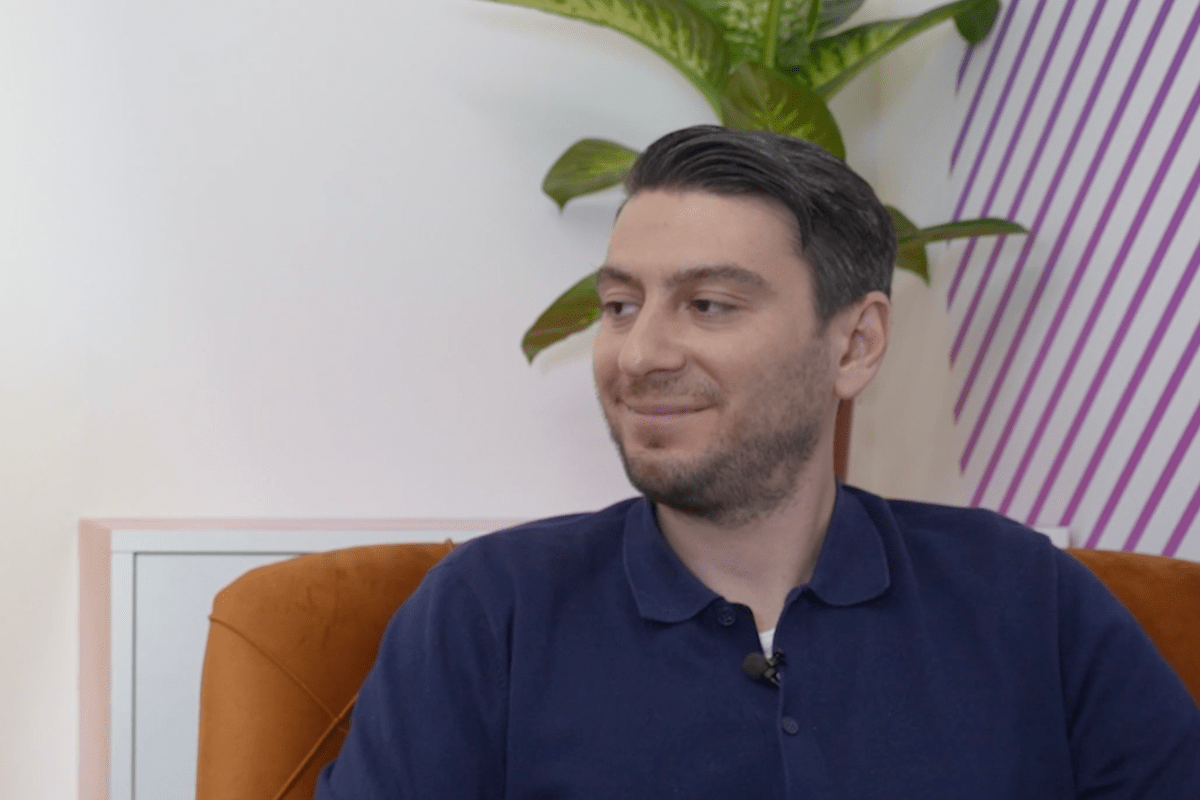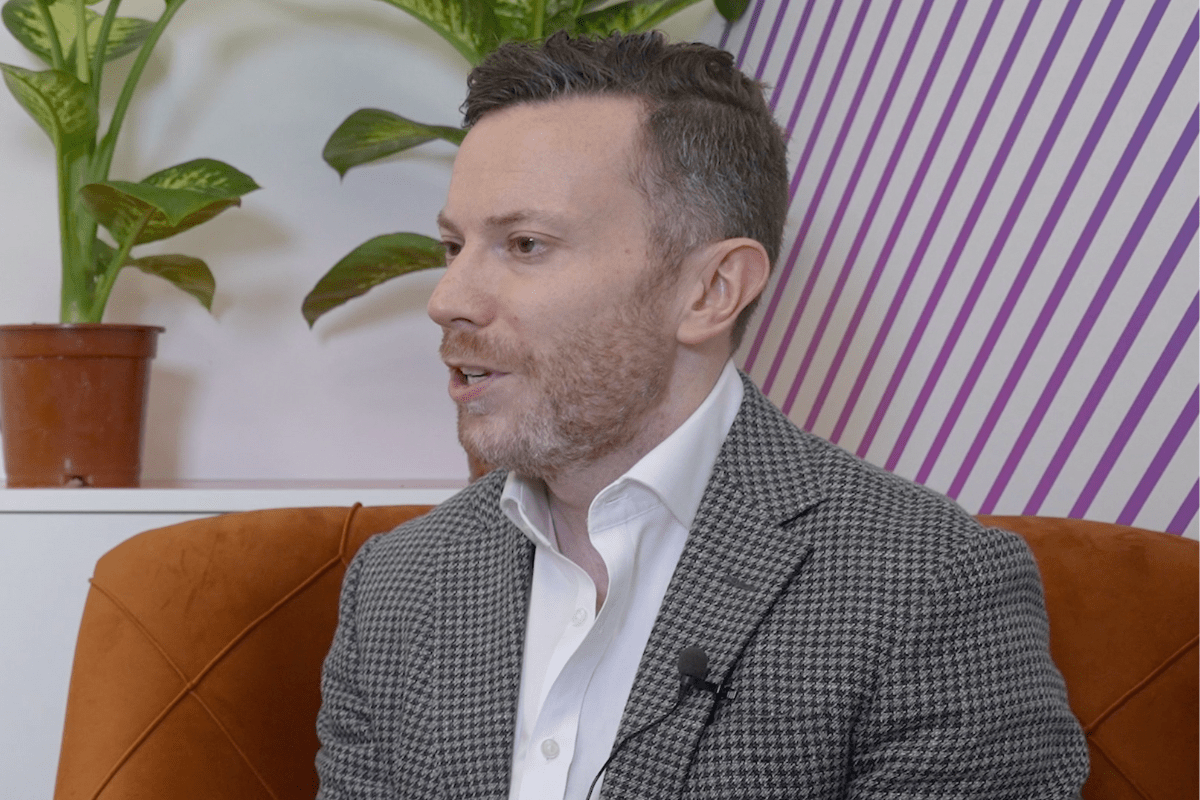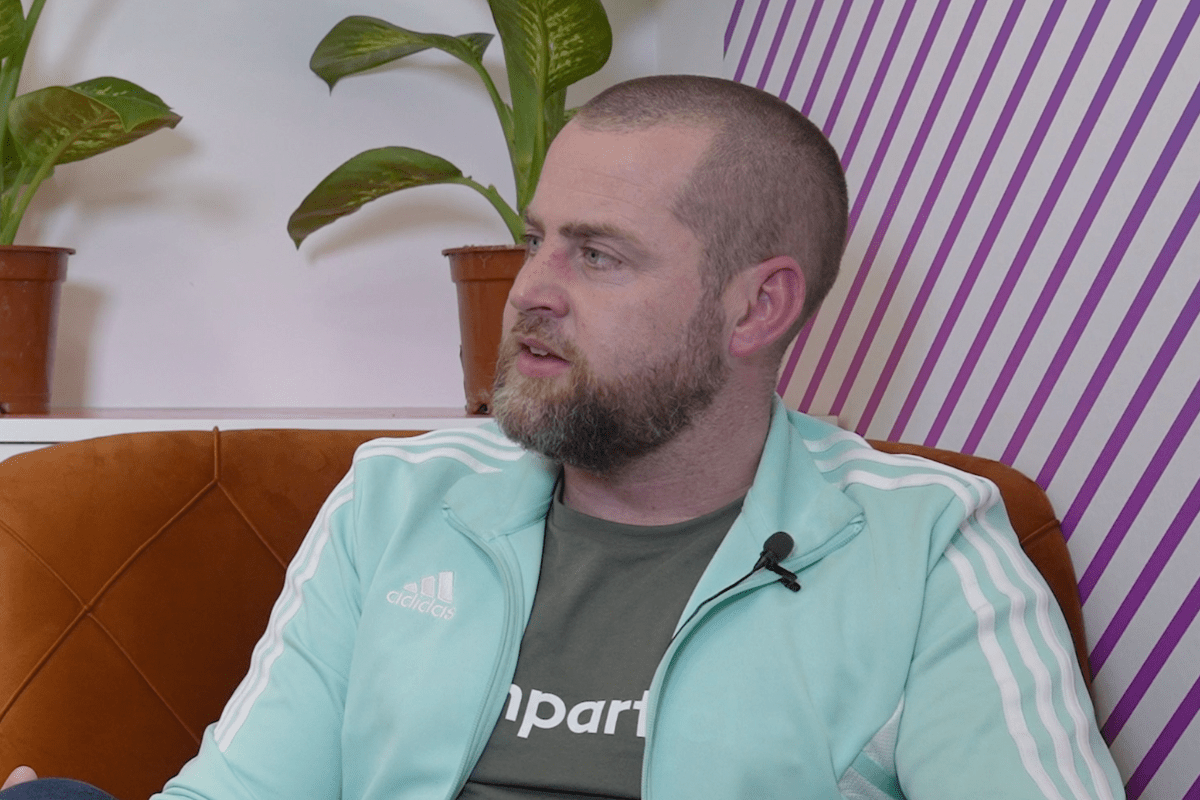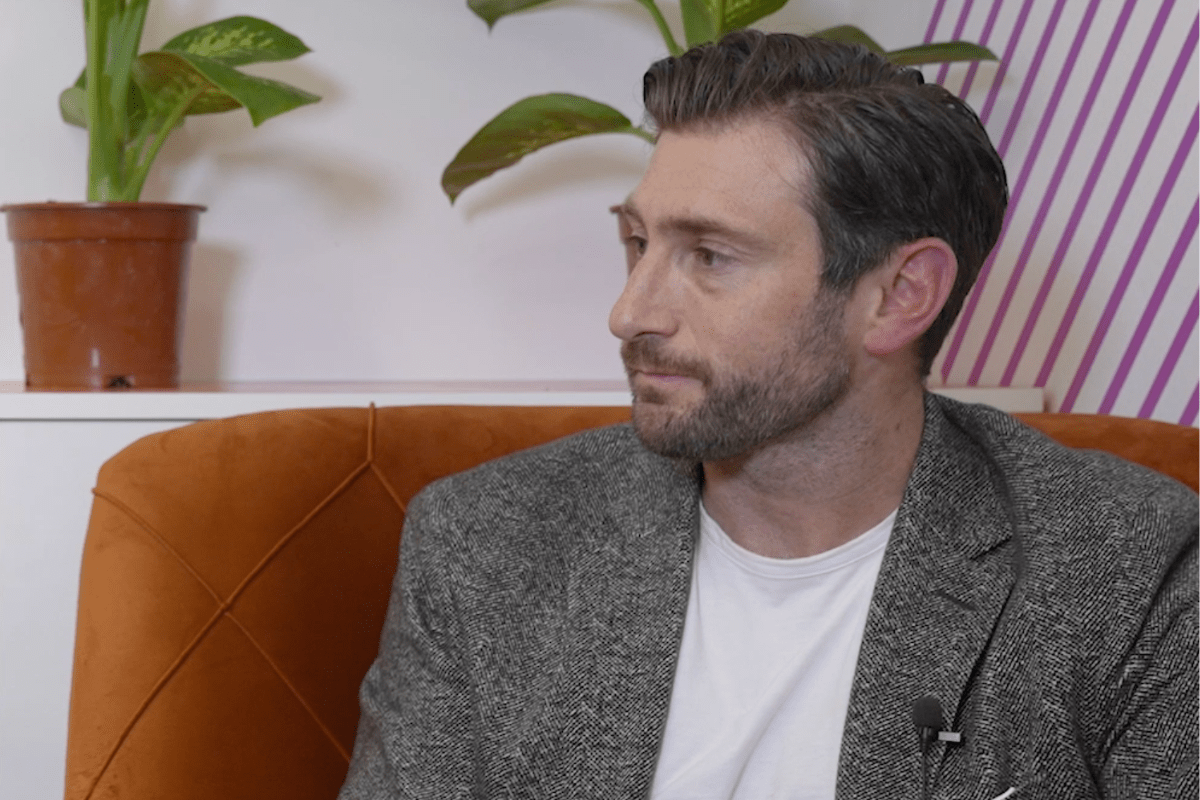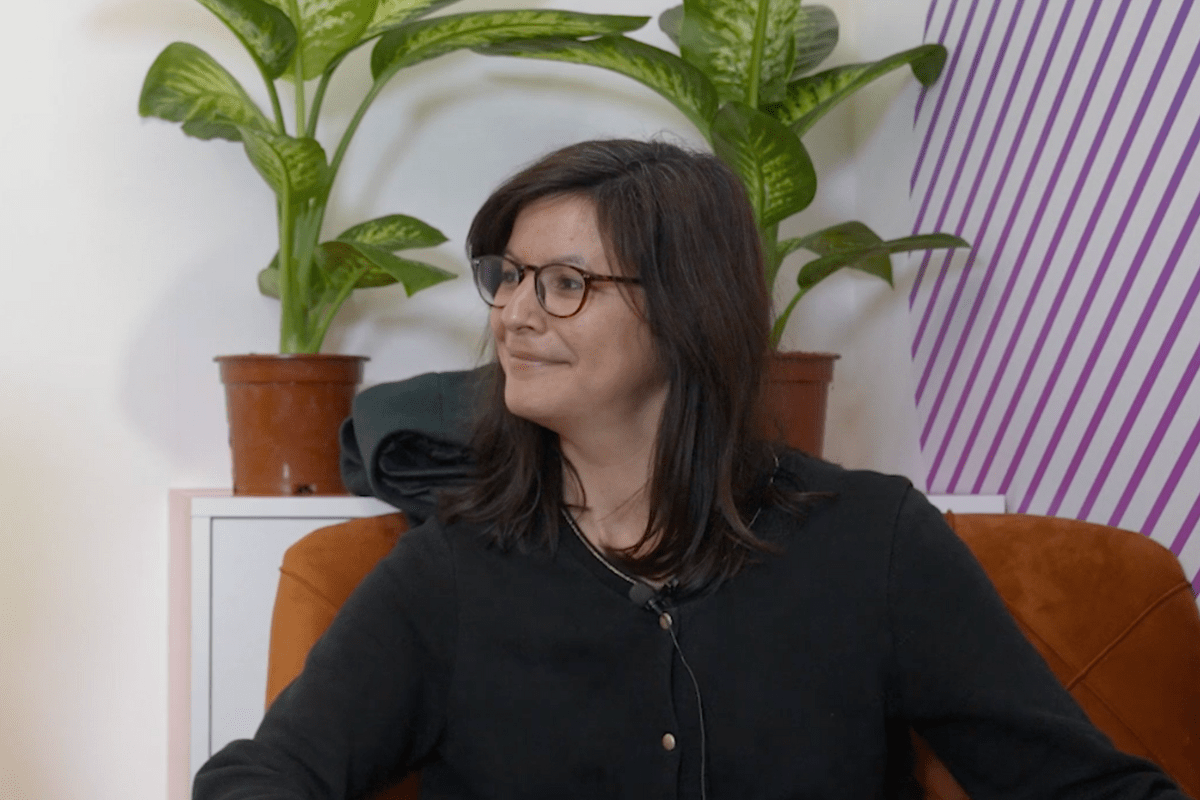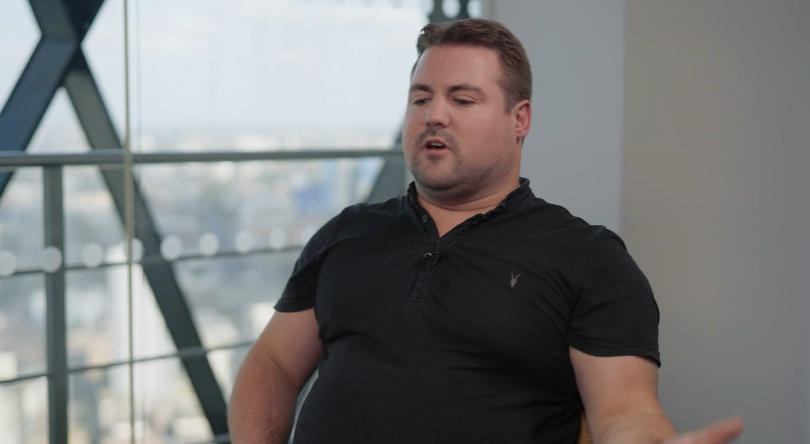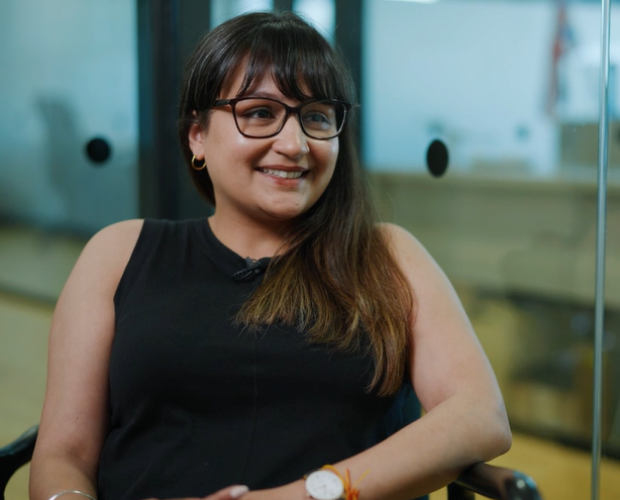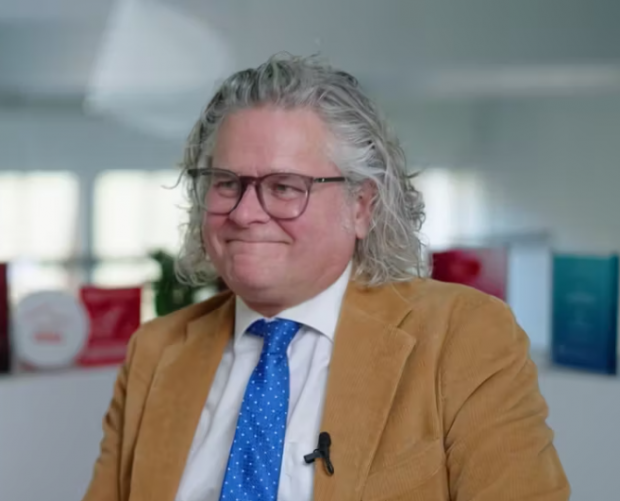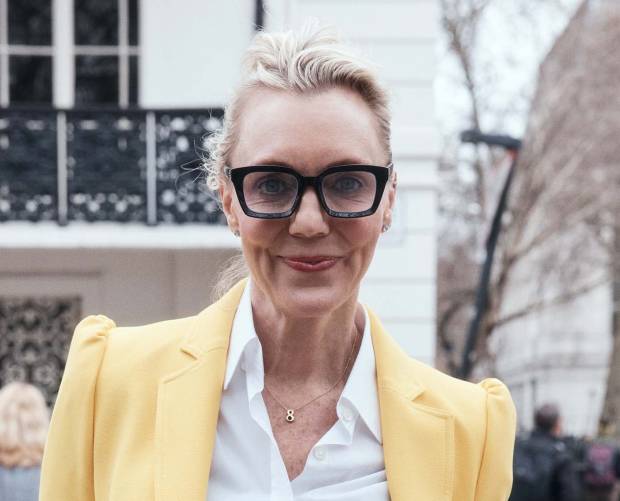Olay talks AI: “Personalisation is something that’s very interesting to us”
- Thursday, March 16th, 2017
- Share this article:
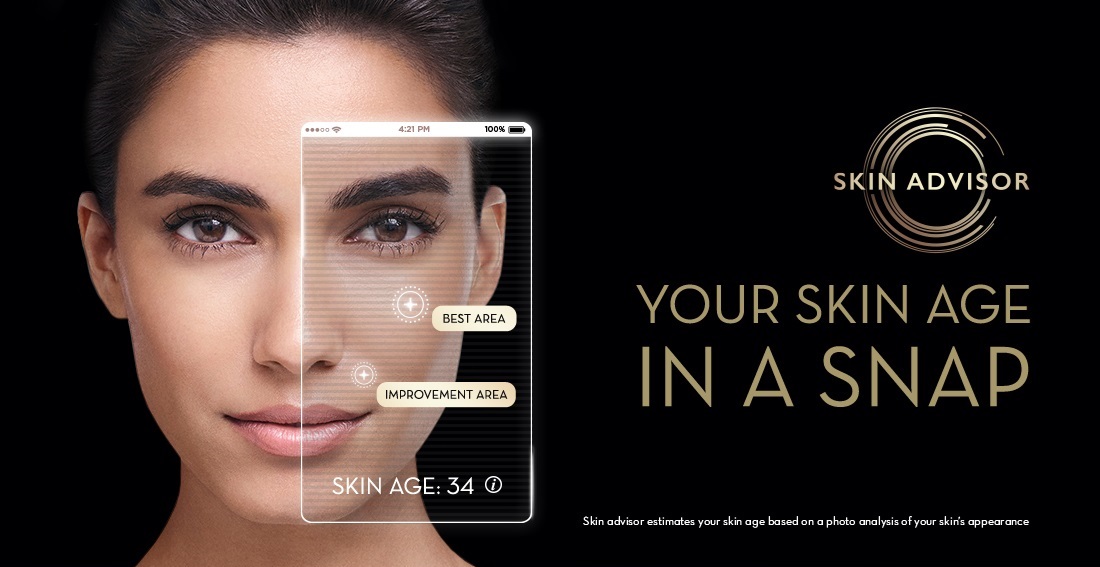 The rise of AI and machine learning is impacting every sector, not just in terms of the marketing tools that exist to reach consumers with the right messages at the right time, but in the very products that brands can offer to their audience. From automated chatbots to intelligent recommendation engines, AI is enabling brands to personalise the products in new and exciting ways.
The rise of AI and machine learning is impacting every sector, not just in terms of the marketing tools that exist to reach consumers with the right messages at the right time, but in the very products that brands can offer to their audience. From automated chatbots to intelligent recommendation engines, AI is enabling brands to personalise the products in new and exciting ways.
One of the latest firms to take advantage of this technology is P&G skincare brand Olay, which has recently expanded its Olay Skin Advisor service to customers worldwide. The AI-powered platform is designed to help women better understand their skin, and find the products best-suited to their personal skincare needs. Mobile Marketing Magazine spoke to Dr. Frauke Neuser, principal scientist at Olay, about what led the brand to embracing AI.
“What people don’t realise is we have a lot of expertise and a lot of data in the area of imaging, both image capture and image analysis, and that’s one of the core elements of the Olay Skin Advisor,” said Dr. Neuser. “It gives you what we call your ‘visible skin age’, and that’s really the part that’s driven, in the 1.0 version, by the artificial intelligence.
“It’s a deep-learning algorithm that was trained with tens of thousands of images of women, and the only thing we tagged in those images was the actual age of these women. The algorithm was then trained to predict someone’s skin age by processing their selfie.”
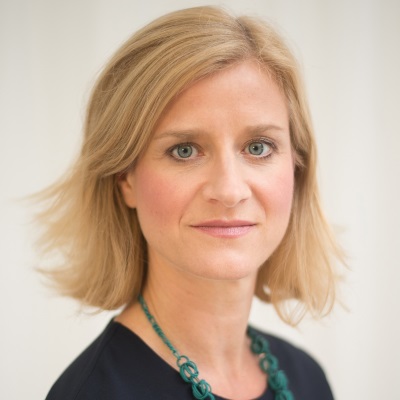
The web application also asks users to answer a short series of questions about their skincare routine, and then provides recommendations for products that could help them improve their skin age, identifying both their best features and areas that provide the biggest opportunity for improvement.
“That’s the deep learning algorithm doing that, and some of the learnings that went into building the algorithm are from studies that we previously carried out,” said Dr. Neuser. “One of them was called the Facial Mapping Study, where we actually looked at the different zones of the face to ask “What are the unique aging areas?”, and then that helped to build the algorithm because we know what the areas are that show the biggest differences.”
The tool links to different retail partners in different markets around the globe, enabling users to quickly move from the recommendations to purchasing, and Olay is exploring the potential for direct sales through its own website.
The beta version of the tool was launched last year but Olay has recently expanded it to new markets, as well as improving the software with photo optimisation technology. In addition, the machine learning element of the application means that the 1m uses the product has already seen are constantly improving its capabilities.
“You have to have a lot of skin expertise and then combine that with the technology,” said Dr. Neuser. “It’s not enough to have either or. We obviously had a lot of skin expertise, the deep learning area was newer for us, but we did actually do it internally, we have a bio-informatics group and they built the algorithm internally.”
While the web application is designed for a mobile-first experience, Olay decided to not create it as a dedicated app, citing the difficulties of app store optimisation and the costs involved in app marketing as roadblocks that would hold back the technology’s adoption.
“At the moment, because of the way it’s designed, it’s a bit of a one-off experience, but we’ve realised that people want more; once they’re in there, they want more information, so we’re looking at future upgrades to create more opportunity for people to interact with the tool, and also to create something that will make it worth their while coming back,” said Dr. Neuser.
“Their skin age isn’t going to change on a daily basis, so it’s about how we can create other measures within the tool where people can see earlier which direction they’re moving in, are they making improvements, and that’s something we’re definitely looking at for the future.
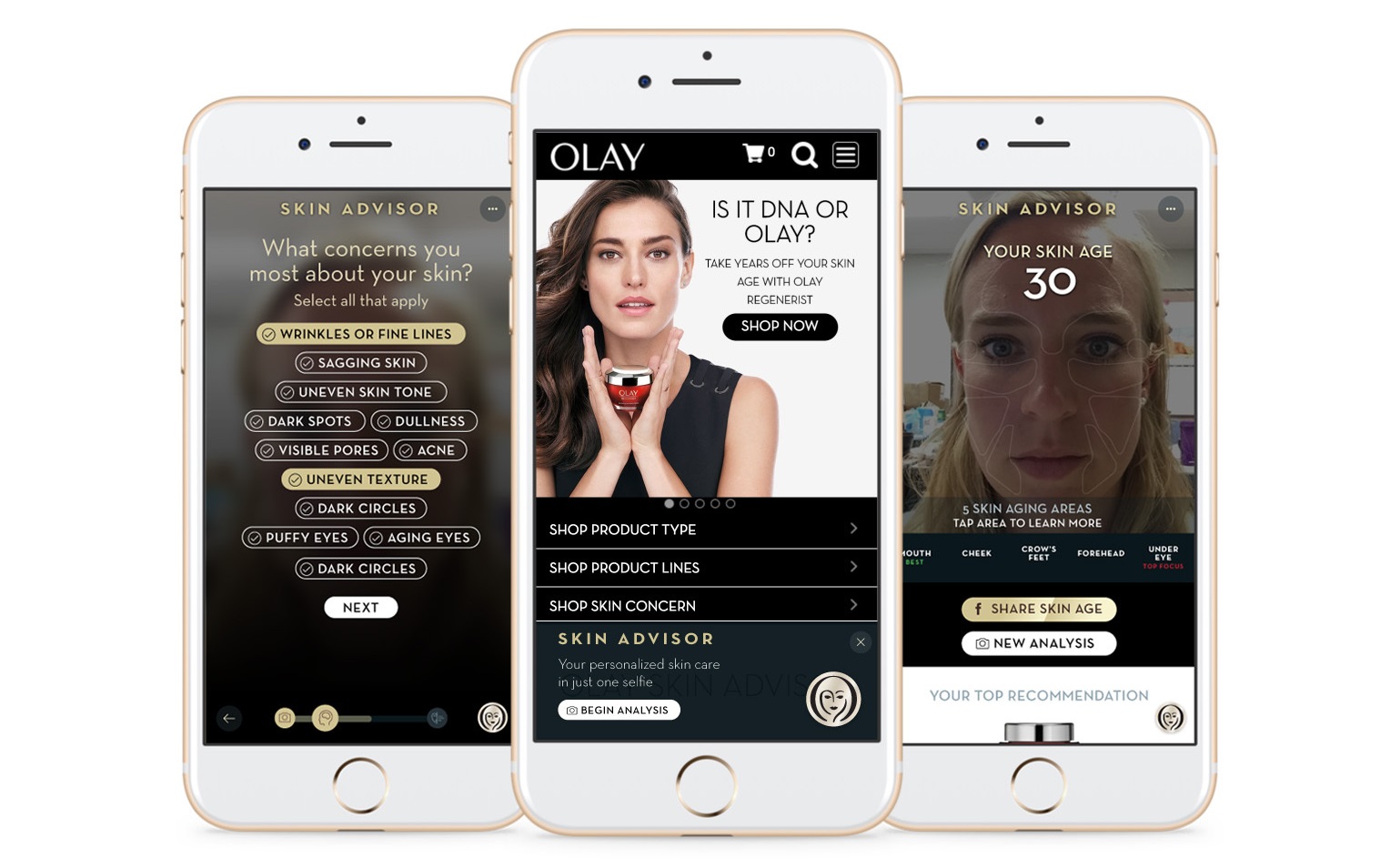
Women-focused brands are often neglected by the tech industry, but according to Dr. Neuser, it’s an area that’s ripe for disruption when it comes to improving the customer experience through mobile technology and artificial intelligence.
“It’s a very high engagement category, women are very engaged with skincare, but it in’t the easy and fun experience that they want it to be. I’m not sure the last time you went to a Boots skincare aisle, but there’s thousands of options, it’s very difficult to figure out what’s right for you, and that’s what we wanted to do. Women don’t necessarily care about artificial intelligence or deep-learning algorithms, it’s really about using the technology to drive a better experience.
Olay plans to continue investing in the tool, which has seen high levels of engagement during its beta test, and already has its eye on improvements and additional features that will make the experience even more seamless and rewarding for users.
“Most immediately, at the product recommendation end of the experience, we’re introducing a piece of artificial intelligence,” said Dr. Neuser. “Right now, it’s a very straight-forward process based on your skin age and how you answer the various questions, but we’re going to replace that with a piece of synaptic intelligence that we’ve worked on with an external partner so that piece of the experience becomes smarter over time too.
“That algorithm will not only be able to learn from, for example, how often women do press the ‘Buy It Now’ button for a given product, but it will also be able to look at reviews and ratings of the different products on the internet, on Olay.com and with our retail partners. That’s very exciting that we’re bringing another piece of artificial intelligence to the back-end of that experience, and that’s in the very near future.
“Overall, really what this platform can do for us is help us more into this area of personalisation. I don’t think personalisation needs to mean hundreds of thousands of personalised products, for every woman in the UK. I don’t think that’s even needed. I think personalisation more means helping someone find the right products and ingredients from what’s already out there.
“We need personalised diagnostics and personalised advice to help people navigate the category. Personalisation is something that’s very interesting to us. It’s about getting to the right recommendation and helping people to learn more about their skin and themselves.”





